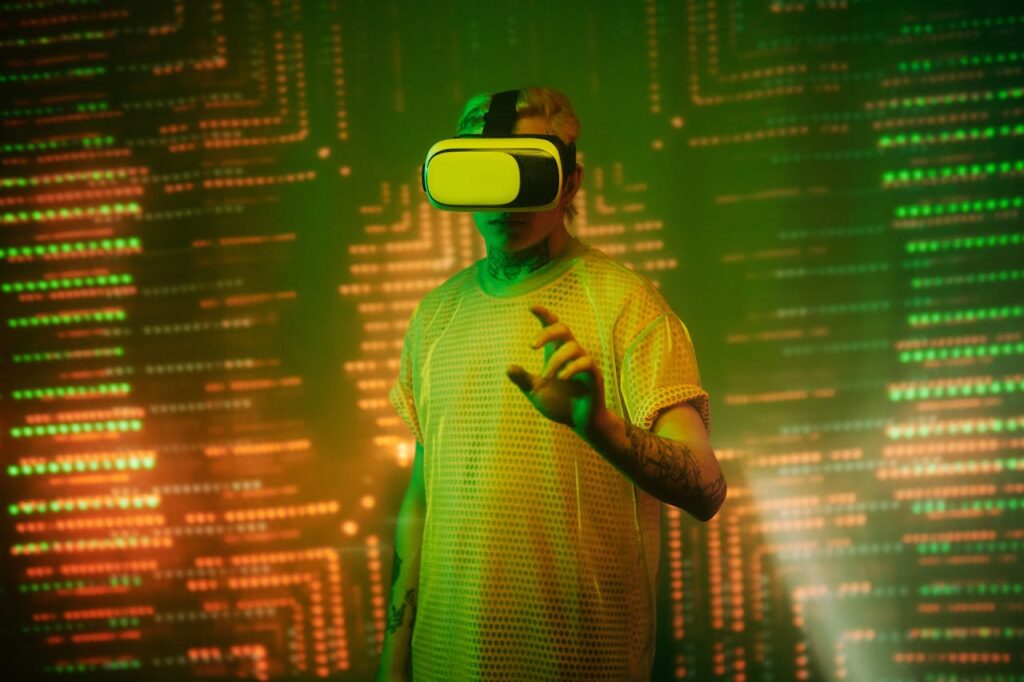The use of holographic displays is becoming more common in consumer electronics.

The use of holographic displays is becoming more common in consumer electronics.
Moving beyond flat displays and even beyond 3D images is the direction that consumer devices are headed in the future. The use of holographic displays, which were previously only seen in science fiction movies and research laboratories, is now beginning to manifest in consumer electronics. Companies are experimenting with methods to integrate realistic 3D pictures into daily activities without the need for glasses or headsets. These examples include gaming systems and entertainment centers, as well as smartphones and tablets. The barriers between digital information and physical reality may become more blurry as a result of this innovation, which has the potential to reimagine how we engage with technology.
Holographic displays are a kind of display.
The creation of realistic three-dimensional pictures that can be seen from a variety of perspectives is accomplished via the use of holographic displays, which use light diffraction and projection processes. Holographic technology generates graphics that seem to float in mid-air, enabling users to move about and sense depth in a natural way. This is in contrast to typical displays of three-dimensional space, which need the use of special glasses.
Holography is being used by consumer electronics.
Companies that create electronic goods are beginning to incorporate holographic displays into items that are already in use. Smartphones equipped with holographic projectors, gaming consoles that generate immersive images, and TVs that are able to generate floating 3D effects are gradually making their way into the market. Entertainment, communication, and productivity are all areas that these gadgets have the potential to revolutionize.
The Revolution in Gaming and Entertainment Games
When it comes to gamers and movie fans, holographic screens provide an experience that is unrivaled in terms of immersion. Take for example the experience of playing a strategy game in which the characters appear as three-dimensional holograms on your coffee table, or the experience of watching a performance in which the musician seems to be standing in your living room. It is possible that this technology may bring about a new degree of innovation in the realm of interactive storytelling and virtual performances.
Applications for Business and Educational Purposes
Besides its use in entertainment, holography offers a significant amount of promise in the fields of education, remote work, and business presentations. The participants in a virtual conference may be represented by life-sized holograms, which would provide a more powerful sensation of presence than traditional video conversations. Holographic projections of historical events, scientific models, or intricate engineering designs might be used in classrooms to create learning settings that are more interested and engaging for students.
Potential Obstacles for Holographic Technology
Exciting as the prospect may be, there are still a number of obstacles to overcome. Holographic displays are costly and power-hungry because they need a high computing power, specialized optics, and complex projection systems. Other requirements include a high level of precision. There are many obstacles that must be overcome before broad acceptance can take place, including battery life on portable devices and cost for mainstream customers.
Investing in the Industry and Market Competition
Both established technology companies and fledgling businesses are making significant investments in holography. Certain businesses are doing research and development on augmented reality holograms, which include the combination of holographic displays with AR glasses. Other businesses are developing holographic tablets and smartphones that can function independently. As the level of competition increases, it is anticipated that innovation will quicken, bringing the technology far closer to the public.
The Path That Lies Ahead
There is a possibility that holographic displays may become as widespread as touchscreens in the nextten years. There will be an increase in the number of businesses that use holography for teaching, communication, design, and entertainment as the prices remain low and technology continues to advance. Not only does this new visual medium have the ability to replace conventional displays, but it also has the potential to revamp the way in which people engage with digital information.







